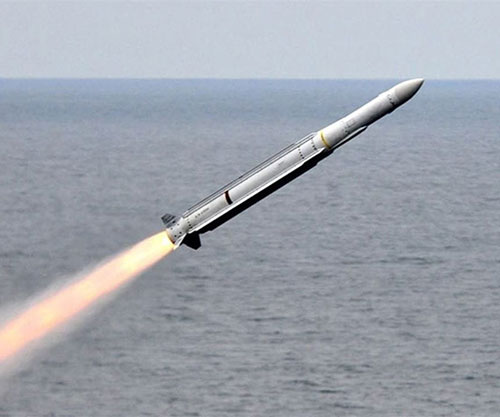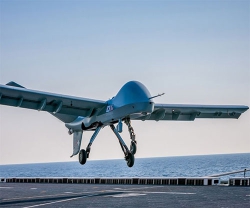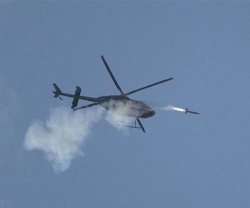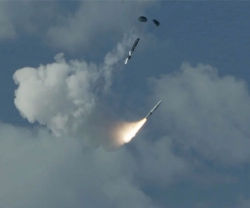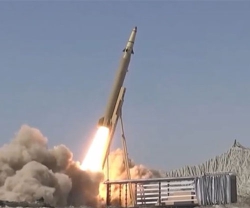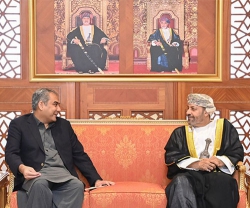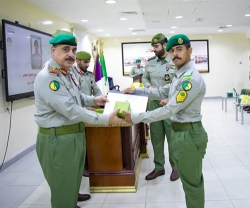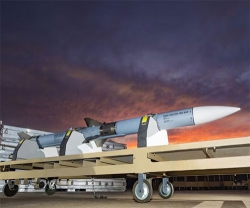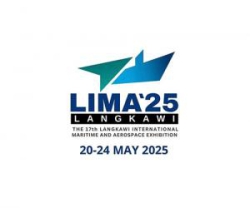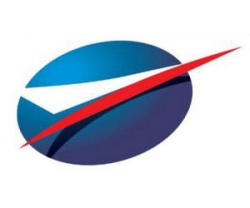Raytheon, an RTX business, has received a $525 million contract from the U.S. Navy to produce ESSM Block 2 missiles and spares for the U.S. and allied nations.
ESSM Block 2 is a short to medium-range, ship-launched, dual-mode, guided missile that has increased maneuverability and improved performance over its Block 1 predecessor.
“The role of self-ship and local area defense has become increasingly important, and ESSM Block 2 delivers critical capability in this mission,” said Barbara Borgonovi, President of Naval Power at Raytheon.
“By partnering with the U.S. Navy and allied navies, we’re ensuring this versatile system is ready to support our fleets around the world,” she added.
The newest ESSM variant reduces dependence on shipboard illumination and is integrated on a wide variety of combat systems and launchers, delivering improved performance in stressing marine environments, and has significant digital processing margin to keep pace with evolving threats through software improvements.
Leveraging learning from other active seeker systems - such as AMRAAM and Standard Missile 6 - RTX is using common hardware and factory processes across multiple missile platforms to enable cost savings and increased production capacity. Additionally, the consortium continues to invest in test infrastructure and material to keep capacity ahead of demand and accelerate deliveries.
ESSM is managed by the NATO SEASPARROW Consortium composed of 12 nations: Australia, Belgium, Canada, Denmark, Germany, Greece, the Netherlands, Norway, Portugal, Spain, Türkiye, and the United States. The consortium is NATO’s largest and most successful cooperative weapons project and represents over 50 years of international military-industrial cooperation.
In another development, Raytheon also announced it delivered its first sensor payload to prime contractor Lockheed Martin, keeping the U.S. Space Force Space Systems Command’s first Next-Generation Overhead Persistent Infrared, or Next-Gen OPIR, Geosynchronous Earth Orbit (GEO) Block 0 missile warning satellite on track for a 2025 initial launch capability.
Designed to improve missile warning resilience and performance, two Next-Gen OPIR GEO satellites will eventually provide continuous coverage over mid-latitudes to the existing constellation. Raytheon is designing and building sensor payloads for both satellites.
Prior to delivery of the first payload, Raytheon completed a series of assessments including thermal vacuum testing. Thermal vacuum testing exposes the payload to a space-like environment and validates digital models to ensure the sensor meets design requirements. The second sensor payload is more than 60 percent completed and is scheduled to start thermal vacuum testing in early 2025.
“Persistent early warning of missile threats is critical to our national security,” said Sandy Brown, Vice President for Mission Solutions & Payloads for Raytheon. “Our payloads offer early, resilient warning against increasingly challenging ballistic threats from adversaries.”
Raytheon, an RTX business, is a leading provider of defense solutions to help the U.S. government, our allies and partners defend their national sovereignty and ensure their security. For more than 100 years, Raytheon has developed new technologies and enhanced existing capabilities in integrated air and missile defense, smart weapons, missiles, advanced sensors and radars, interceptors, space-based systems, hypersonics and missile defense across land, air, sea and space.

